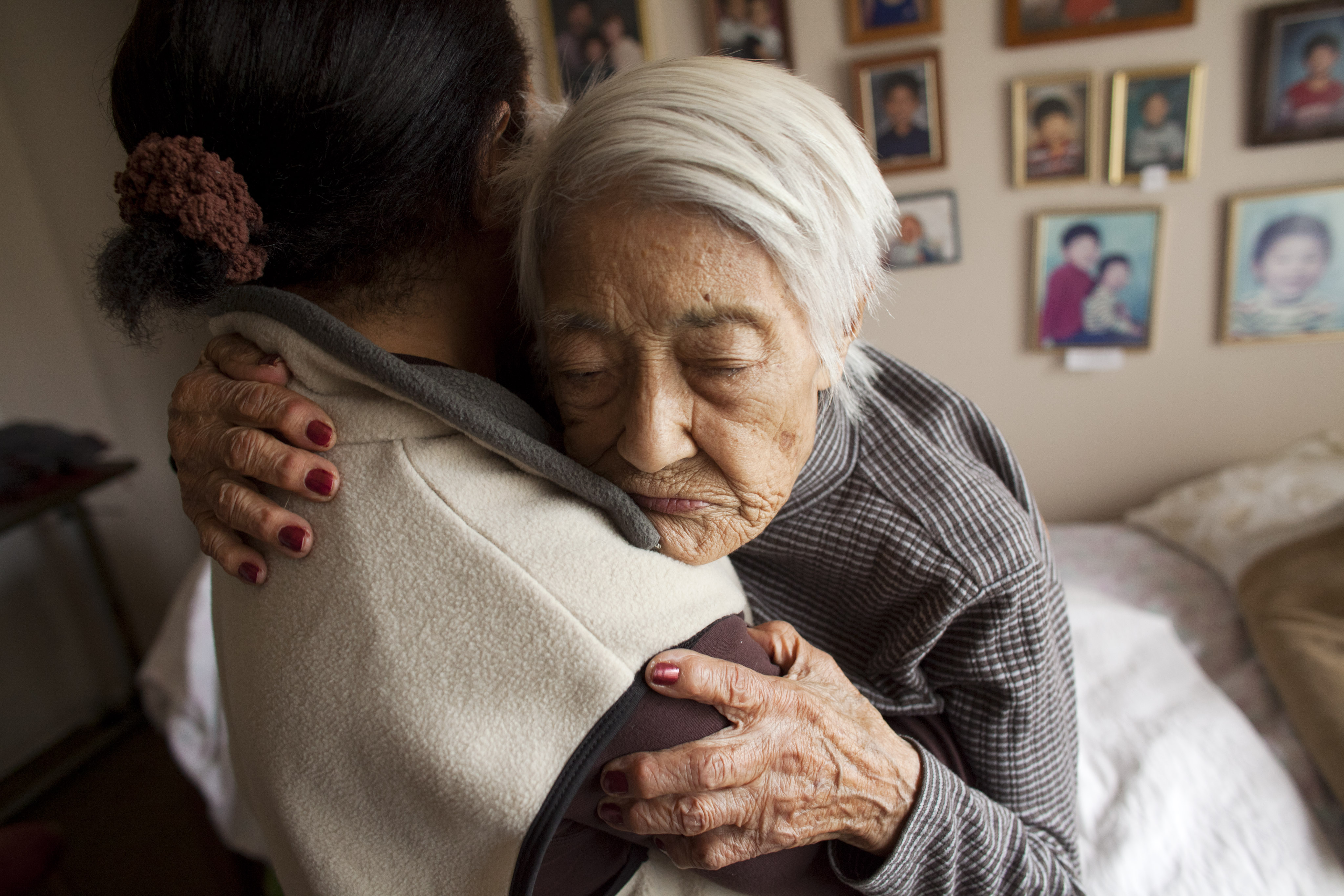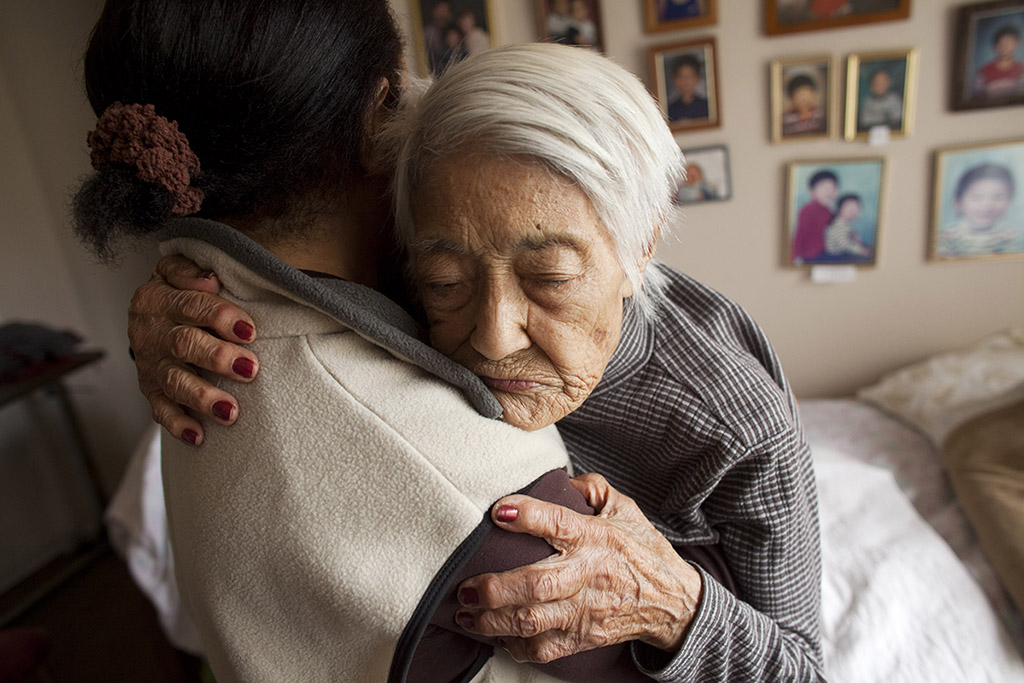Supreme Court Declines to Take Appeal on Home Care Rule; True Victory for Home Care Workers
 The Supreme Court has ended the legal battle against the recently won rights of home care workers to critical overtime and minimum wage benefits.
The Supreme Court has ended the legal battle against the recently won rights of home care workers to critical overtime and minimum wage benefits.
On Monday, the high court decided not to hear an appeal from several home care industry groups that argued the Department of Labor (DOL)’s expansion of minimum wage and overtime benefits to home care workers was an illegal and unjustified change to the Fair Labor Standards Act (FLSA). The court’s decision not to hear the case is a victory for home care workers, and an end to the court case Home Care Association of America v. Weil, which sought to take away minimum wage and overtime rights from home care workers.
The decision comes after a long battle between DOL and home care business associations. DOL issued the Home Care Final Rule in October 2013, with home care business associations filing a lawsuit against DOL the following summer. A lower court ruled in favor of the home care business associations, prompting DOL to appeal the ruling to the U.S. Court of Appeals for the District of Columbia. In August 2015, that circuit court supported DOL’s home care regulation, which then lead the home care business associations to appeal to the Supreme Court.
Keep up with the latest from UnidosUS
Sign up for the weekly UnidosUS Action Network newsletter delivered every Thursday.
However, because the Supreme Court did not accept the case, the U.S. Court of Appeals’ decision in favor of the Home Care Rule stands. This means that two million home care workers will be able to keep their newly earned minimum wage and overtime rights, which were previously not afforded to them under the FLSA.

This is an unprecedented win for home care workers who have been excluded from FLSA protections for more than 42 years. When the FLSA was first enacted as a part of the New Deal, it was rooted in histories of slavery and Jim Crow, and systematically excluded occupations that majority female and workers of colors were in, such as domestic workers and agricultural workers. The FLSA was amended in 1974 to include most domestic workers, but home care workers were still left out of its protections.
Home care workers are those who take care of elderly and disabled individuals, assisting those in their care with everyday living activities like helping start and end the day, cooking and doing laundry, or running errands, just to name a few. Home care work is compassionate and demanding, and it is one of the fastest growing industries, with an estimated 458 million new home care workers working by 2024.
Yet this industry is also one of the lowest paying, with workers receiving a median annual wage of $20,000. Moreover, home care workers are predominantly women of color or immigrant women, many of them mothers and caretakers themselves who have trouble taking care of their own families, and making ends meet with their low wages and long hours. Due to these conditions, turnover in the home care work industry has been high and is not sustainable for both the workers, and those they are taking care of. NCLR has produced fact sheets and blog posts on these critical yet vulnerable workers.
While the home care worker regulation has been in effect since 2015, the Supreme Court’s decision not to take the appeal sends a powerful signal to all employers and states that non-compliance is not an option, and that there is a legal and moral obligation to treat home care workers fairly and with respect.
The DOL provides information and assistance to help employer and states implement the regulation, and the National Employment Law Project provides resources for consumer and families to help them navigate their rights and benefits under the regulation.
